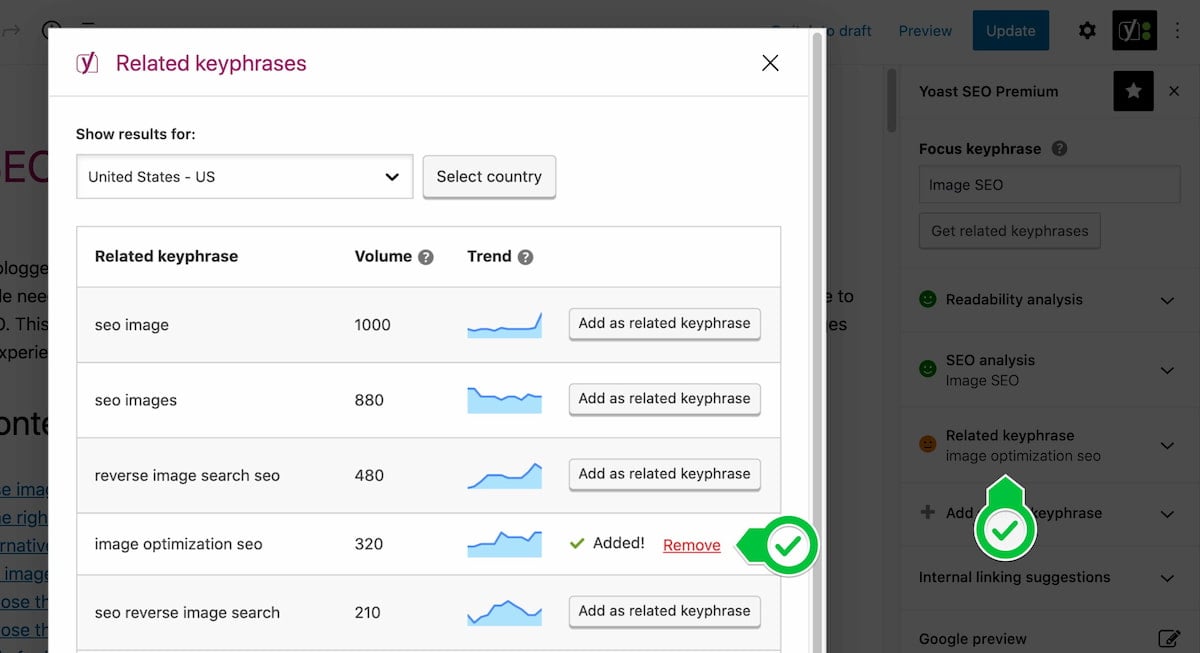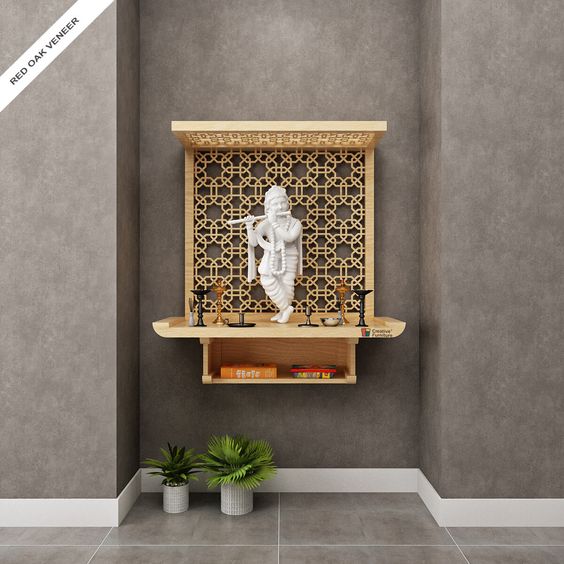Table of Content
In the best stereo arrays the two speakers sound roughly as powerful as each other. Dual speaker arrays are always a benefit for gaming and video-watching, and the Xiaomi Redmi Note 11 is particularly good at the latter. While not as beefy as Xiaomi’s higher-end designs, top volume is good. The Xiaomi Redmi Note 11 has one of the better displays available in a sub-£200 phone. You get bold colour, excellent contrast and great sharpness — a high-end look. Still, we can hear good mid and high tones, and there is some minor bass available, so we'd say the audio quality is somewhere between Good and Very Good.

Download the latest version of the Magisk app from the project’s GitHub repository. Since the APK of Magisk is hosted outside of the Google Play Store, you may need to allow sideloading apps from unknown sources first and then manually install the downloaded package. Rooting your phone is still possible — and fun — these days.
Mi TV
The Redmi Note 11 Pro has Widevine L1 DRM support out of the box, and it can stream Full HD content from all popular video services. There is no HDR10 video support on the phone HDR video streaming is out of the question. The OLED panel is flat, and its exact resolution is 1,080 x 2,400 pixels or 395ppi - up to par with the competition. It supports a 120Hz refresh rate and DCI-P3 color space.

Offering faster download and upload speeds when compared to 4G. Not supported everywhere yet and speeds vary wildly. An abbreviation for milliampere-hour and a way to express the capacity of batteries, especially smaller ones in phones. In most cases the higher the mAh, the longer the battery will last but this isn’t always the case. Like other affordable Xiaomi phones the Redmi Note 11 has basic IP53 water resistance — fine for rain but more submersion in water. We use industry standard tests to compare features properly and we use the phone as our main device over the review period.
Apple TV 4K (3rd Gen): Worth Buying?
It takes the battery from 0% to 45% in merely 15 minutes, while 30 minutes will give you a 78% battery charge. The Xiaomi Redmi Note 11 Pro, like many of the previous Note models, is powered by a large 5,000mAh battery. The phone employs the Helio G96 chipset by MediaTek, which is built on a 12nm manufacturing process compared to the 6nm Snapdragon 695 5G chip inside the Note 11 Pro 5G model.
You can also follow the generic rooting guide from this tutorial. However, it’s disappointing that the phone is actually slightly less powerful than its predecessor, without having 5G mobile internet as a trade-off. The camera array is no better than the category average, general performance is fine but noticeably slower than phones Xiaomi sells for slightly over £200. For other Mi, Redmi, and Poco branded devices, kindly check out the Xiaomi section of our forums.
Products
You get a mid-size 6.43-inch AMOLED display with a 90Hz refresh rate, although my phone was set to a 60Hz refresh out of the box. Xiaomi phones from a step up offer even more rapid 120Hz refresh rates. However, 90Hz still looks smoother than 60Hz, and presumably must be less of a battery drain.

XDA Developers was founded by developers, for developers. It is now a valuable resource for people who want to make the most of their mobile devices, from customizing the look and feel to adding new functionality. Just right-click the splash.img, open it with MS Paint or Adobe PhotoShop or whatever, edit it as you want, and save it (Not 'Save As'. The file is BitMap format). You can the raw file of the splash.img with Hex Editor tools like HxD, but probably they won't make sense to you unless you're good at Hex editing or understanding raw/encoded picture formats.
in charging test (from 0%)
Choose Select and Patch a File in Method, and select the stock boot image. Now that we have the boot image in hand, we should proceed with the patching part. Use Samsung Firmware Downloader to download the factory image for your model.
Without compromise and enhance the visual experience. At the top of its class, this 47”, 3D smart TV integrates both the Mi Box and quad-core Android game box into a slim display. Sign up to get the best content of the week, and great gaming deals, as picked by the editors. Replace battery, that usually is the issue when it cannot hold the charge & screen flickers. Choose “Select and Patch a File” in method, and select the stock recovery image. Flash the ZIP file just like any other ordinary flashable ZIP.
The display's settings offer three different color models - Vivid (default, DCI-P3), Saturated (DCI-P3 with saturation boost), and Standard . Unfortunately, the footnote ends there, so there's not much in the way of detail about what these restrictions are or how long they'd remain in effect in a potential post-acquisition world. Given COD's continued non-appearance on Game Pass, you've got to imagine the restrictions are fairly significant if they're not an outright block on COD coming to the service. However, if your device utilizes the A/B partition scheme, then the boot image and other partition images are further packed inside a file named payload.bin as shown below. For MTK devices, you might have a different partition for that called 'logo'. Or else you can also check your stock ROM to see if it contains the splash.img or logo.img or logo.bin ..

Shoot in good lighting and the Xiaomi Redmi Note 11 typically puts out photos with a warm colour skew — representing the late afternoon light well. Fine texture and detail are not particularly well-handled, but the general impression of detail is good until you actually dive into the pixels to see what’s there. Do consider this if you are upgrading from an old flagship phone like, say, the OnePlus 6. This phone is highly likely to seem a straight downgrade in performance. The “Standard” colour mode brings everything back down to the more measured tones you might see in, say, an iPhone 13.
If you managed to grab such a package, then the raw boot.img can easily be extracted from the archive. Nowadays, Magisk is the de-facto rooting solution that lets you have root access by leaving the system partition untouched and modifying the boot partition. This is why it’s referred to as a “systemless” root method. If it's not the right file, I've found a file called "oemlogo.mbn" (3.96 MB) in /product/etc/logo/oemlogo.mbn by just searching the word "logo" on the root directory. But I'll wait for your reply first before I upload it to ask you whether I should dump it as "splash.img" too or just upload the "oemlogo.mbn" file itself. To check if your device uses it, just go to the directory '/dev/block/bootdevice/by-name/' and see if there's a partition block named 'splash' or 'logo'.

No comments:
Post a Comment